4 Nights / 5 Days
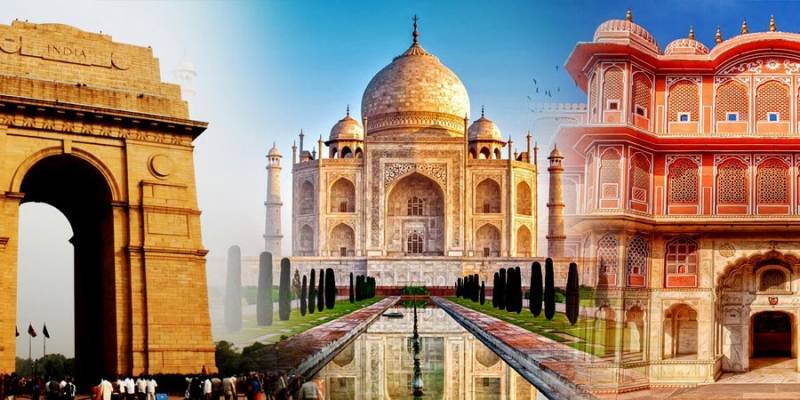
Arrive at the international airport, New Delhi. Our representative will assist you in getting transferred to your own arrangement of accomodatiion. Rest of the day will be at ease and for leisure activities. In the evening get ready for an evening sightseeing of Delhi. You will see how Delhi looks in night. I am sure you enjoy it. If time permits then you can visit :
Qutub Minar: The Qutub Minar made of red sandstone rising to the height of 72.5mts is an architectural marvel of the 13th century. Also a must is the visit to Ashoka Pillar dating back to the 5th century. Though made of iron it has with stood the weathers of time.A very interesting belief is assigned to this pillar- Stand with your back to the pillar, and if you can hold your hands around it, then make a wish and it will surely come true. Try it. You don't have to an archaeologist to find out about the past of your country. Simply visiting historic monuments helps you to understand it & can also lead you to grab some useful information, you never realized before.
Beautiful calligraphy adorns the adjacent edifices. The tower has five distinct storeys, each marked by a projecting balcony. The first three storeys are made of red sandstone, the fourth and fifth of marble and sandstone.
India Gate: India Gate is constructed as a memorial and was built in the memory of 90,00 soldiers who laid down their lives during world war I. Located at Rajpath, India Gate is 42 m high and is popular relaxation area during the summer evenings. India Gate also act as popular pinic spot during winter. Also known as the All India War Memorial, India Gate was designed and constructed by Lutyens. He was the one who is considered the chief proclaimer in designing the New Delhi plans.
Red Fort: Emperor Shah Jahan built Delhi's most magnificent monument, the Red Fort and above is the red fort picture . In 1638 Shah Jahan shifted the Mughal Empire's capital from Agra to Delhi. A new royal palace known as Red Fort or Red Fort Delhi (Lal Qila) was constructed. It was begun in 1639 and completed in 1648. The name Red Fort comes from the massive red sandstone walls that surround it. The Red Fort has walls extending up to 2 kms. in length with the height varying from 18 mts. on the river side to 33 mts. on the city side. The Red Fort Delhi has two main entrances, the Delhi Gate and the Lahori Gate. The latter faces Chandni Chowk, the city's most crowded but diverse market.
Jama Masjid: It is the largest mosque in India. The Jama Masjid stands across the road in front of the Red Fort. Built between 1644 and 1658, Jama Masjid is one of the last architectural works of the Mughal emperor Shah Jahan. The spacious courtyard of the Jama Masjid holds thousands of faithful. Jama Masjid is located on a mound in the heart of the old city and projects beautifully into the Old-Delhi skyline. Jama Masjid Mosque was built in red sandstone and marble by more than 5000 artisans.
Chandni Chowk: The antiquity of the main market area of Chandni Chowk has rendered it a venerated place in the markets of Delhi. It is said that it was once lined with beautiful fountains. However, with time, it grew as crowded as it is today. Situated opposite the Red Fort, Chandani Chowk hous es the Digambar Jain Temple, Fatehpuri Mosque - built by the wives of Shah Jahan - and Sunheri Masjid. It was from here that the troops of Nadir Shah started their mission of plundering and massacring the 'infidels' at Delhi.
Janpath: Janpath Market is situated opposite the famous Connaught Place, in New Delhi. It is the perfect for buying the latest fashion goods at cheap prices. The budget travelers as well as those wanting to flaunt the latest in-things, Janpath of Delhi, India is the place to be. This is one place in the capital city, where you will find more foreign shoppers than Indians shoppers. There are a fair number of showrooms also in this market. So, do visit this place, if not for shopping, then, at least to look at the amazing stuff you can get here. Some of the most popular items at Janpath market are Ethnic dresses, Daily-wear Clothing (right from skirts to jeans to t-shirts and so on), Junk Jewelry, Silver Jewelry, Leather Footwear (Jutis, Mojris, Kohlapuris, etc), Embellished Linen, Cotton Garments, Rajasthan vegetable color paintings, Imitation Jewelry, Indian artifacts and Carpets, CDs and DVDs, Furniture, Decorative Items etc.
Early morning, get driven to Agra, this was once a capital of India, when Mughals ruled. Reach Agra and visit RED FORT, which was built by Emperor Akbar in 1565, and additions were made up until the time of his grandson, Shah Jahan. It contains the hall of public and private audiences amongst many other beautiful structures; Itmad-ud-daulah, which was constructed by Nur Jahan between 1622 and 1628 and is very similar to the tomb she constructed for her husband, Jehangir, near Lahore in Pakistan; the highlight of the day – THE TAJ MAHAL, which was constructed by Shah Jahan in memory of his wife Mumtaz Mahal. Construction of the Taj began in 1631 and was not completed until 1653. Check in at the hotel and go for a city tour, visit places like magnificent and majestic Taj Mahal, Agra Fort, the Tomb of Itmad-ud- Daulah, this building is also called the Baby Taj because its interiors are decorated in a manner similar to the Taj Mahal and some consider its decorations to be even better than the designs on the walls of the Taj Mahal. See many other ancient monuments with historic importance. A guide will be there with you to make you understand the importance and history of places and people. Come back to the hotel and stay overnight.
Agra: Agra is the one of the prominent destinations of the World Tourism map with three heritage monuments -The Taj Mahal, Fatehpur Sikri & Red Fort. It is more just a decadent city of graveyards and stones, but it is a vibrant centre of Culture, Art and Religious philosophies that have enriched mankind and shaped human thought over centuries. Agra is famous for handicrafts products such as Inlay work on Marvel, Leather Work, Footwear, Brasswear, Carpets, Jwellery, Zari and Embroidery work.
Taj Mahal: It is regarded as one of the Seven Wonders of the World, and some Western historians have noted that its architectural beauty has never been surpassed. The Taj is the most beautiful monument built by the Mughals, the Muslim rulers of India. Taj Mahal is built entirely of white marble. Its stunning architectural beauty is beyond adequate description, particularly at dawn and sunset. The Taj seems to glow in the light of the full moon. On a foggy morning, the visitors experience the Taj as if suspended when viewed from across the Yamuna river.
Sikandra: Sikandra,the former capital of Lodi dynasty, was named after the Afghan ruler Sikander Lodi. The city of Sikandra, located at about 12 km from Agra, houses the tomb of Mughul Emperor Akbar. The design and construction of the tomb was started by Akbar himself and subsequently completed by his son Jehangir. The shape of the tomb is a truncated pyramid with five stories. The first four stories were constructed with red sandstone and the fifth one with white marble. The white marble storey comprises a false tomb of Emperor Akbar.
Itmad-Ud-Daulah: Empress Nur Jehan built Itmad-Ud-Daulah's Tomb, sometimes called the Baby Taj, for her father, Ghias-ud-Din Beg, the Chief Minister of Emperor Jahangir. Located on the left bank of the Yamuna River, the mausoleum is set in a large cruciform garden criss-crossed by water courses and walkways. On each corner are hexagonal towers, about 13 meters tall. Small in comparison to many other Mughal-era tombs, it is sometimes described as a jewel box. Its garden layout and use of white marble, pietra dura, inlay designs and latticework presage many elements of the Taj Mahal. The walls are white marble from Rajasthan encrusted with semi-precious stone decorations - cornelian, jasper, lapis lazuli, onyx, and topaz in images of cypress trees and wine bottles, or more elaborate decorations like cut fruit or vases containing bouquets. Light to the interior passes through delicate jali screens of intricately carved white marble. Many of Nur Jahan's relatives are interred in the mausoleum. The only asymmetrical element of the entire complex is that the cenotaphs of her father and mother have been set side-by-side, a formation replicated in the Taj Mahal.
After breakfast at Agra hotel, get driven to Jaipur, the Pink City, founded in 1727 by Maharaja Sawai Jai Singh, the ruler of Amber. Enroute visit Fatehpur Sikri, also known as the “Ghost City”. Its gate, Bulund Darwaza, the largest gateway in the world is the main attraction of the town. Fatehpur Sikri built by Emperor Akbar in 1569, was the old capital of the Mughals, which was abandoned after 15 years due to scarcity of water. See the graceful buildings including the Jama Masjid, Tomb of Salim Chisti, Panch Mahal & other Palaces which are still preserved in its original glory. Reach Jaipur and check in at the hotel. Then go for local sightseeing. Explore the beautiful architecture of HAWA MAHAL, BIRLA TEMPLE and JANTAR MANTAR, the go to see the well preserve history in the MUSEUM. After visiting all the tourist places come back to the hotel for overnight stay.
Fatehpur Sikri: The name of the place came after Mughal Emperor Babur defeated Rana Sanga in a battle at a place called Khanwa (about 40 KM from Agra). Then Mughal Emperor Akbar wanted to make Fatehpur Sikri his headquarters. So he built this majestic fort. But due to shortage of water he had to ultimately move his headquarters to Agra Fort. Akbar had no child. After the blessing of Sufi Saint Salim Chisti he was blessed with a male child who became the heir to his throne, he was named Salim (after the name of Sufi Saint Salim) who later become Emperor Jahangir. The tomb "Salim Chisti Ka Mazar" was built in honor of Sufi saint Salim Chishti in 1571 by Mughal emperor Akbar. Fatehpur Sikri shared its imperial duties as a capital city with Agra, where a bulk of the arsenal, treasure hoards, and other reserves were kept at its Red Fort for security Innovations in land revenue, coinage, military organisation, and provincial administration emerged during the Fatehpur Sikri years. It is regarded as Emperor Akbar's crowning architectural legacy. Indeed, its numerous palaces, halls, and masjids satisfy his creative and aesthetic impulses, typical of Mughals.
Fatehpur Sikri is a World Heritage Site. Some contemporary Indian architects, notably B. V. Doshi, have cited it as an important source of inspiration. Architect or layperson, this city generally captures the imagination and wonder of all who experience its urban spaces and see its buildings. Charles and Ray Eames, cited Fatehpur Sikri in the landmark 'India Report' that led to the conception of the National Institute of Design, India's premiere design school. The audience chambers, with the Anup Talao to the left. It is said that the legendary Tansen would perform from this island at different hours of the day. A strong belief comes across from generations that a tunnel from here stretches to delhi and from there to lahore and on the other end to Agra.
Hawa Mahal: Hawa Mahal was built in 1799 by Maharaja Sawai Pratap Singh, Hawa Mahal is the most stunning sight in the city of Jaipur. The palace, part of a huge complex, overlooks one of Jaipur's main streets and was originally constructed to offer women of the court a vantage point, behind stone-carved screens, from which to watch the activities taking place in the bazaar and the surrounding streets. Hawa Mahal Jaipur five-story, pyramid-shaped structure is made up of small casements, each with tiny windows and arched roofs with hanging cornices, exquisitely modeled and carved. Its façade makes Hawa Mahal look more like a screen than a palace. Its top three stories are just a single room thick but at the base are two courtyards. It is a fifty-foot high thin shield, less than a foot in thickness, but has over 900 niches and a mass of semi-octagonal bays, carved sandstone grills, finials and domes, which give this palace its unique façade. Hawa Mahal or Hawa Mahal Jaipur is also popular as "Palace of Winds" and it is designed by Lal Chand Usta and this name of the palace is given because Hawa Mahal has about 953 windows through which wind or (hawa) flows and keep the palace cool.
City Palace: City Palace forms one of the most famous tourist attractions and a major landmark in Jaipur. The beautiful palace was built by Maharaja Sawai Jai Singh during his reign. Among the various forts and palaces of Jaipur, City Palace stands apart, with its outstanding art and architecture. City Palace complex covers a huge area, which is divided into a series of gardens, courtyards and buildings.
Today, it has converted into a costume gallery, which displays royal attires of the Kings. After crossing the first square, a beautiful gateway welcomes to Diwan-I-Khas, a hall meant for private audience. It has two sterling silver vessels on display and they are acclaimed to be the world's largest silver vessel. These vessels were made for Maharaja Sawai Madho Singh II ,to carry water from River Ganga to drink on his trip to England. Diwan-I-Aam, which was meant for public audience, forms the other attraction of this courtyard. At present, it makes an art gallery showcasing enthralling painted ceilings and rare ancient handwritten original manuscripts of Hindu scriptures. In the series, Maharani's Palace, which was meant for royal queens, has been converted into a museum, showcasing weapons dated back to 15th century.
Birla Temple: Birla Temple forms one of the major attractions of Jaipur. Birla Temple of Jaipur looks stunning, when it is brightly lit in the night. Birla Mandir, in pure white marble, dominates the skyline of southern part of Jaipur. The enormous temple was built during the year 1988, by Birla Group of Industries, one of the business tycoons of India.
After breakfast at the hotel, proceed for an excursion to AMBER FORT in the outskirts of Jaipur. Elephant ride ascent to the fort. Enjoy the wonderful carvings and minute mirror work on the walls & ceilings. In the evening proceed to Chokhi Dhani, an ethnic village. It is one its own kind, each of the detailed work in the village tells you about the culture and tradition of Rajasthan. It could be Camel Rides, Elephant Rides, Tonga Rides, Bullock Cart Rides, Bow n Arrows, Turbans or Food, it will make you feel a KING. Dinner and cultural program will be organized for you at Chokhi Dhani. Return to the hotel for overnight stay.
Amber Fort: Amber Fort is located in Amber (Jaipur), which used to be the capital of the Kachhwaha clan, till Jaipur was made the official capital in 1727. The Amber Fort looks stunning, all-built in white marble and red sandstone. To add to its charm, Maotha Lake makes its foreground. The crystal mirror image of the Fort, on the still waters of the lake, seems to be a beautiful illusion. Amber Fort is usually pronounced as Amer Fort. In 1592, construction of the Fort was started by Raja Man Singh I. However, the Amber Fort took its present form during the reign of Raja Jai Singh I. The outer appearance of the Fort, being rough and craggy is totally different from its core. The interior of the Fort provides a soothing and warm ambience, which is least expected from its outer appearance. The marvelous decoration of the Amer Fort is influenced by both, the Hindu and Muslim manner of ornamentation. Exquisite paintings of hunting scenes on the walls depict the temperament of the Rajputs, who were adventurous, revolutionary and self-indulgent. The intricate carvings on the walls and ceilings simply astonish the visitors. The minute mirror work adds to the grand appearance and royalty of the halls. The Amer Fort undoubtedly captivates the tourists with its artistic quality of delicate work.
Chokhi Dhani: Capturing the spirit of Rajasthan and ensuring the perfect Rajasthani experience is Chokhi Dhani, a unique Village Resort. Chokhi Dhani literally means a “fine hamlet” i.e. a quintessential village that offers an ideal pastoral experience. Away from the urban life the quaint mud and thatch dwellings in the resort give the right blend of traditions - modern amenities in typical ethnic environment. An ideal place for a perfect vacation is Chokhi Dhani Resort and what makes it so?... Without further contemplation it is the multiple facilities fulfilling all needs of guests. Chokhi Dhani has incorporated all that is needed to make a guest’s stay, a memory. Its continual improvement system always maintains the standards. So guests may rest assured that their comfort is in right hands. Chokhi Dhani Resort literally meaning the "Fine Hamlet" is a 5 star Ethnic resort, the only one of its kind in the country. With quaint mud & thatch dwellings set in sprawling acreage of land, it has 65 cottages, 8 Haveli Suits, 4 Conferences Halls, Bindola - the ethnic restaurant, Aarogosa - the multicuisine restaurant, Kesar Kyari - outdoor barbeque, Chaupal, Chandi Mahal Bar, Rhun Jhun - Discotheque cum bar, Kesariya - The Sansha Spa. Embedded with the richness and variety of Rajasthani culture is Kotri, Chokhi Dhani’s Lobby. It brings a churn of the ethnicity that lies in Rajasthan- bamboo net ceilings, mud plastered walls, paintings, murals, beautifully carved furniture and artifacts.
This day according to your flight schedule, get driven to the Jaipur domestic airport. Our executives will assist you at the airport. Thereafter you board a flight for your onward journey or way back home with best wishes.
Planning for holidays at your favorite destinations is the best thing when it comes to spending your free time with your friends, colleagues and families together. Travel Solution offers the best deals to various holidaymakers across the nation to witness the sizzling beauty of various destinations in India and overseas as well. We majorly serve as a prime tour operator wherein we provide several tour packages that cover various places that involves so much fun, thrill and excitement during the trip. We also provide plan your event and hotel booking services as well. Moreover, our expertise in offering car rental services has allowed us to gain a huge clientele in the city. Read More...

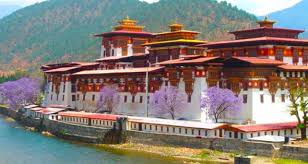 8D/7N
8D/7N
Bagdogra - Siliguri - Phuntsholing - Thimphu - Punakha - Paro - Samdrup Jongkhar
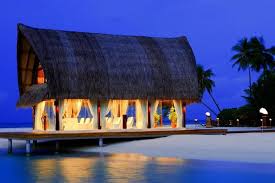 4D/3N
4D/3N
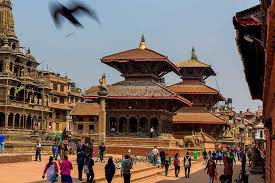 8D/7N
8D/7N
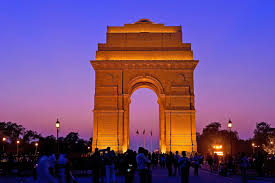 7D/6N
7D/6N
 6D/5N
6D/5N
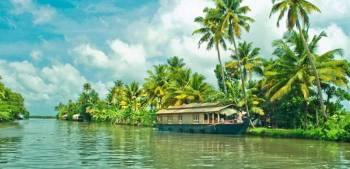 6D/5N
6D/5N
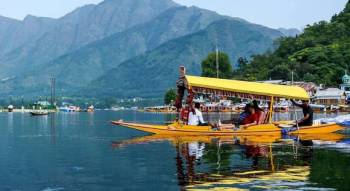 7D/6N
7D/6N
 8D/7N
8D/7N
Golden Triangle Tour With Khajuraho
New Delhi - Jaipur - Agra - Jhansi - Khajuraho
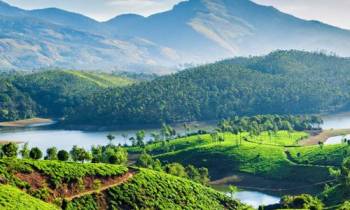 5D/4N
5D/4N
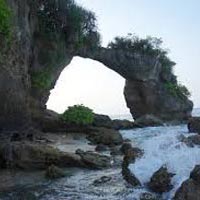 5D/4N
5D/4N
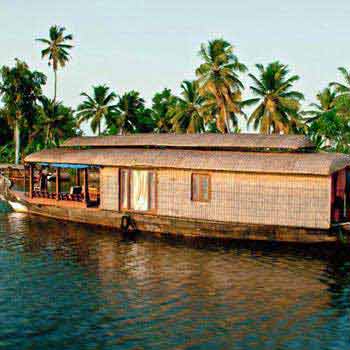 5D/4N
5D/4N
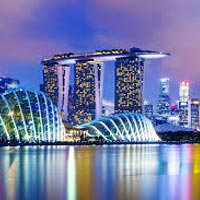 5D/4N
5D/4N
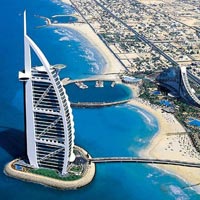 5D/4N
5D/4N
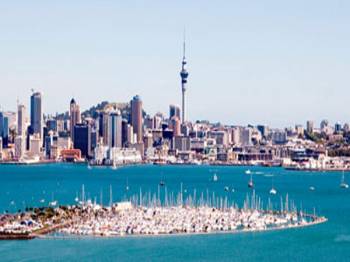 5D/4N
5D/4N
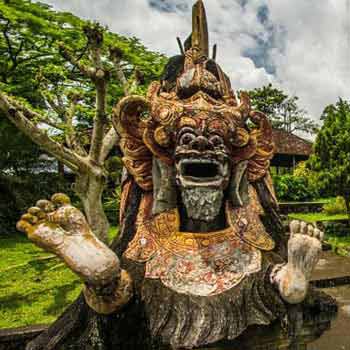 5D/4N
5D/4N
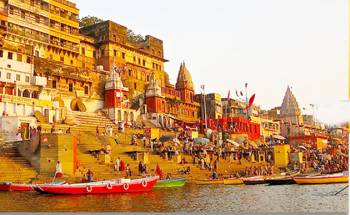 5D/4N
5D/4N
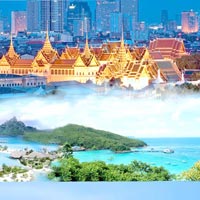 5D/4N
5D/4N
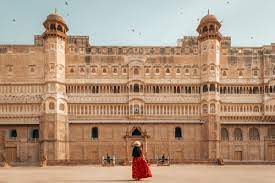 13D/12N
13D/12N
Rajasthan Tour Package 12 Night - 13 Days
Ajmer - Bikaner - Jaipur - Jaisalmer - Jodhpur - Mount Abu - Pushkar - Udaipur
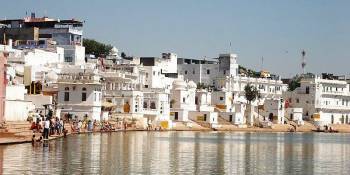 13D/12N
13D/12N
12 Nights Rajasthan Package From Jaipur
Ajmer - Bikaner - Jaipur - Jaisalmer - Jodhpur - Mount Abu - Pushkar - Udaipur
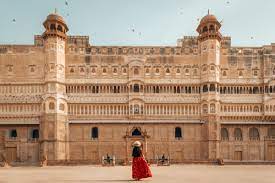 13D/12N
13D/12N
Rajasthan Tour Package 12 Night - 13 Days
Ajmer - Bikaner - Jaipur - Jaisalmer - Jodhpur - Mount Abu - Pushkar - Udaipur
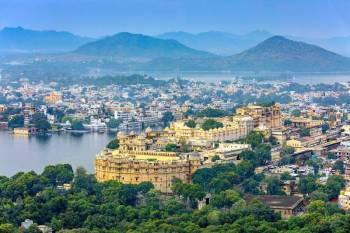 12D/11N
12D/11N
11 Nights 12 Days - Delhi Agra Rajasthan
New Delhi - Mathura - Agra - Jaipur - Ajmer - Pushkar - Udaipur - Mount Abu - Ranak..
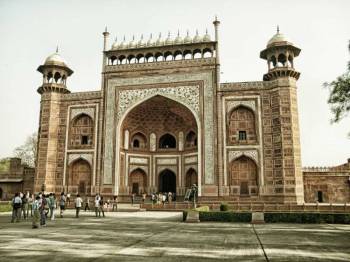 11D/10N
11D/10N
10 Nights Uttar Pradesh Tour Package Fro..
New Delhi - Agra - Prayagraj - Lucknow - Mathura - Varanasi - Ayodhya - Vrindavan -..
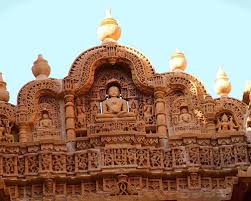 10D/9N
10D/9N
9 Night - 10 Days Rajasthan Tour Package
Ajmer - Jaipur - Jaisalmer - Jodhpur - Mount Abu - Udaipur
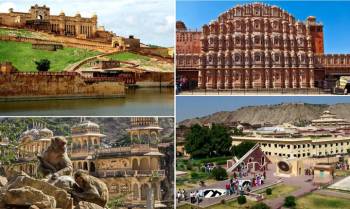 10D/9N
10D/9N
Ajmer - Udaipur - Mount Abu - Jodhpur - ..
Ajmer - Jaisalmer - Jodhpur - Mount Abu - Udaipur - Jaipur
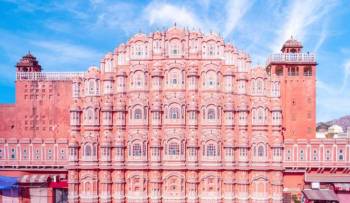 9D/8N
9D/8N
9 Days Jaipur - Ajmer - Udaipur - Mount ..
Ajmer - Jaipur - Jaisalmer - Jodhpur - Mount Abu - Udaipur
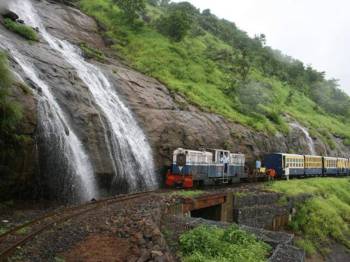 8D/7N
8D/7N